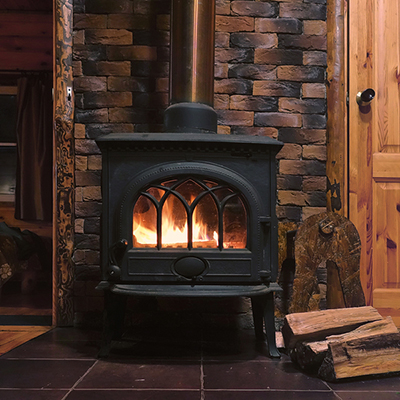
With spring approaching and the burning season winding down, some folks are already starting to plan for next year. They’re looking for firewood, making improvements, and searching for a new stove. If you find yourself in this latter category, or are just new to the wood burning world, there are a couple things to keep in mind when researching that big purchase of a new appliance. Welcome to EPA approved stoves!
The EPA has set standards regarding particulate emission which wood stoves must meet. This has forced manufacturers to build stoves which burn very cleanly – little to no smoke being emitted from the chimney. The unintended consequence of these standards has been a dramatic increase in the efficiency of the stove and the amount of heat you get out of your firewood. EPA stoves are much more efficient than their non-EPA counterparts, one average about 33%. That’s significant!
Basically you’ll find two different technologies which enable the modern stove to achieve this efficiency – catalytic and non-catalytic stoves. A catalytic stove simply is a stove which contains a catalytic combustor. The unburned bits left from the burning of the wood react with a chemical coated honeycomb device which lowers the ignition temperature of the smoke and causes it to burn. This enables what’s called “secondary burn” and gives some added efficiency to the stove as well as makes the exhaust much cleaner. Cat stoves tend to produce medium heat for a very loooooong time. They usually achieve longer burns.
A non-catalytic stove uses insulation and baffling to achieve the same effect. Smoke from the burning of the firewood is directed along the top of the firebox by a baffle. The smoke is heated by the fire below and hot fresh air is injected into the mix causing the superheated smoke to ignite, thus achieving your secondary burn. Non-cat stoves tend to be most efficient when burned with hotter, shorter fires. They will heat up your house quickly but usually do not achieve the burn times a cat stove will.
Between the two, which is more efficient is really a wash. A cat stove will initially be more efficient than a non-cat but because the catalytic combustors need to be replaced every several years, efficiency will wane with time.
So which should you choose? Well, it depends. Figure out the your heating needs and go from there. Rather than go nuts over the difference between cats and non-cats, look more at the quality of the stove and manufacturer. There are great stoves in both categories.


